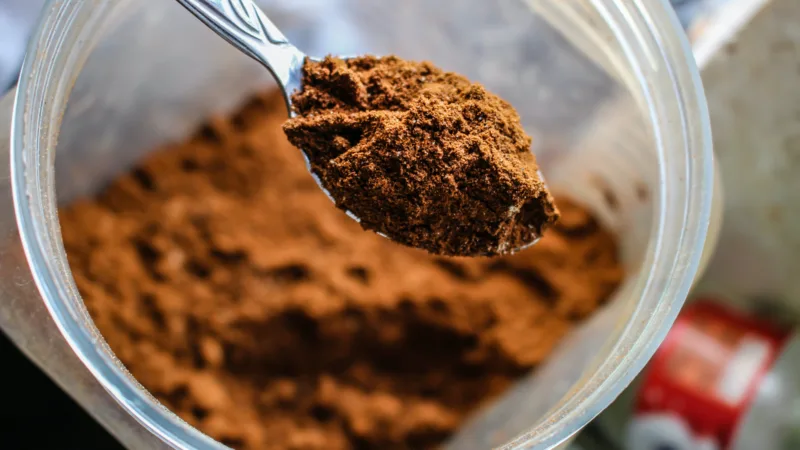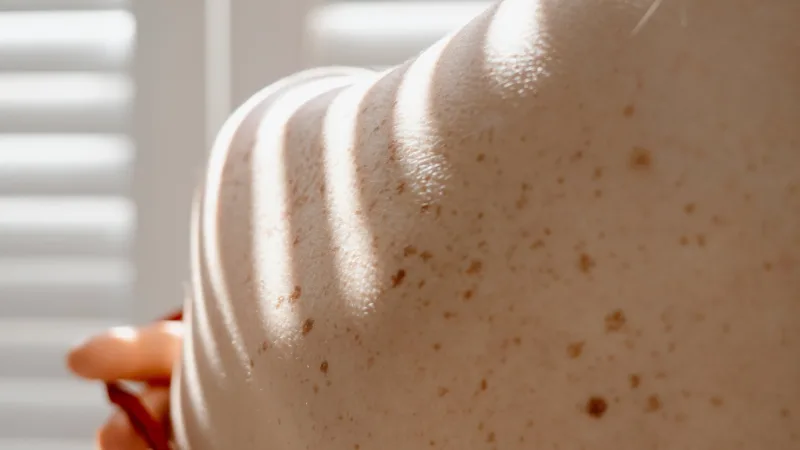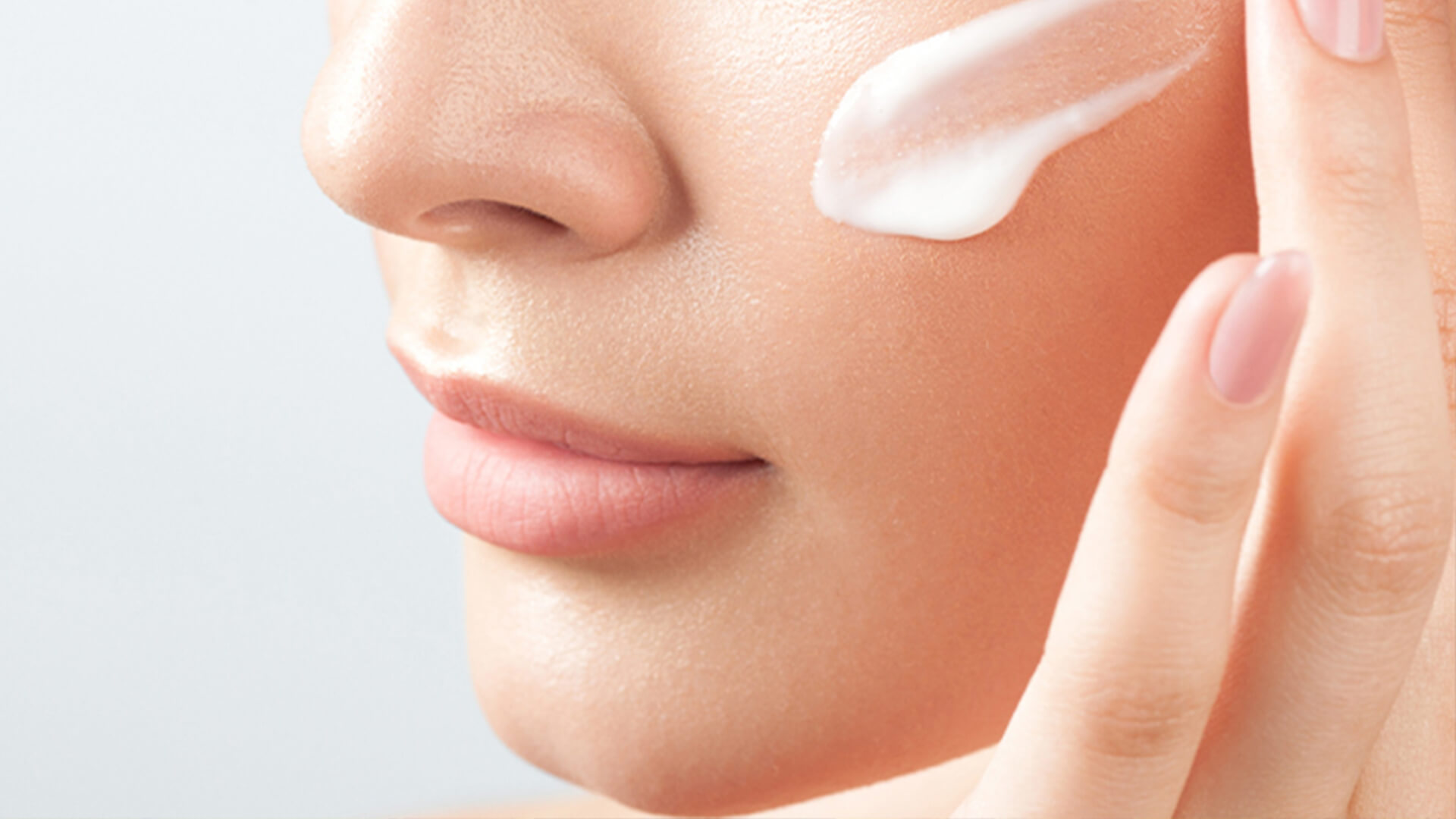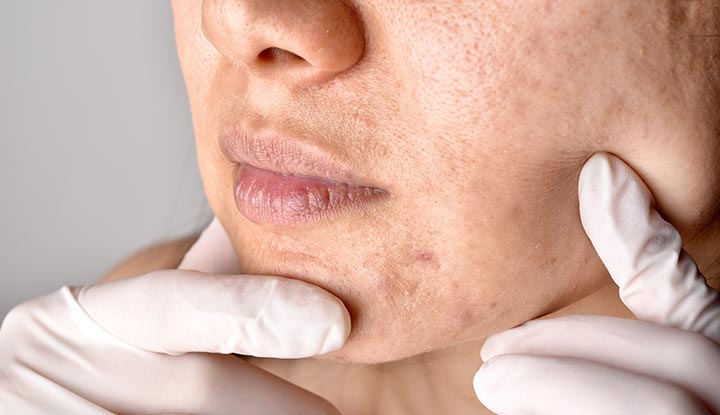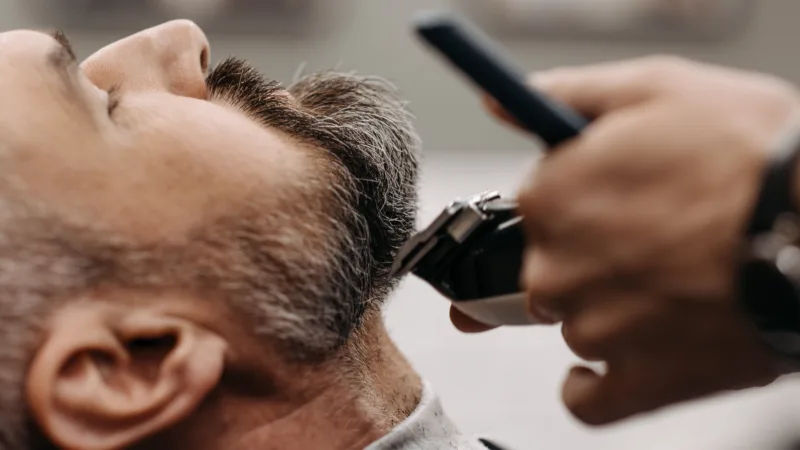Fungal Acne Ingredient Analyzer: Discover 250+ Malassezia Triggers

Bid farewell to fungal acne with the WhitePages.tech Fungal Acne Ingredient Checker. Effortlessly enter the ingredients of your skincare product, and assess them against 257 medically reviewed components by our dermatology experts, selected for their potential to trigger fungal acne breakouts. Make sure to bookmark this page for future checks on any additional products you might have!
Explore the Ultimate Collection of Fungal Acne-Safe Products!
Discover facial cleansers, moisturizers, and makeup products tailored for fungal acne safety at Whitepages.tech. Explore the links above to access our meticulously examined lists, curated by our team of dermatologists and estheticians. Rest assured, these products are deemed safe and effective for addressing the needs of fungal acne-prone skin.
Does Accutane Cause Weight Pick up? Accutane’s Shocking Side Effects
What is the optimal method for utilizing WhitePages.tech Fungal Acne Ingredient Checker?
Step 1: Retrieve the ingredient list of the skincare product you wish to assess for fungal acne safety. Whether copying from an online source or capturing the details via smartphone, ensure you have the necessary information.
Step 2: Paste the ingredients into WhitePages.tech fungal acne ingredient checker and click “check ingredients.”
Step 3: Evaluate the results and make an informed decision about using the product based on the fungal acne calculator’s analysis.
Step 4: Compare your analyzed product with WhitePages.tech curated selection of fungal acne-safe products to find the ideal solution for your needs.
What is Fungal Acne?
Fungal acne, scientifically known as Malassezia folliculitis, is a type of acne caused by the overgrowth of yeast on the skin. It occurs when the yeast, typically found on the skin’s surface, penetrates hair follicles and triggers an inflammatory response. Unlike traditional acne, fungal acne is not caused by bacteria. The condition is often characterized by small, itchy bumps that resemble acne but may persist or worsen with typical acne treatments. Proper identification and management of fungal acne involve understanding and addressing the specific triggers associated with Malassezia yeast overgrowth.
Learn about the main factors that can lead to fungal acne.
The onset of fungal acne breakouts is mainly influenced by changes in the environment, skincare product usage, and dietary patterns. Frequently, these breakouts result from a combination of environmental and dietary factors that must be addressed collectively to effectively tackle the underlying causes of fungal acne outbreaks.
The leading cause of fungal acne often stems from using inappropriate skincare products. Explore the prevalent triggers associated with fungal acne outlined below:
- Oils: Particularly those rich in oleic, linoleic, and palmitic acid, which establish an environment conducive to the development of Malassezia yeast.
- Fermented Ingredients: Many varieties of oils, including Galactomyces and Saccharomyces, serve as favorable nourishment for Malassezia yeast, potentially contributing to fungal acne development.
- Certain Emollients and Fatty Alcohols: Both emollients and fatty alcohols comprise lipids that provide sustenance for Malassezia yeast, fostering its growth.
- Non-Breathable Makeup: Trapping moisture and warmth against the skin can create conditions conducive to yeast proliferation. When using makeup, opt for breathable products that allow your pores to remain in contact with the air.
Dietary Factors that Often Trigger Fungal Acne
Diet significantly influences overall skin health, encompassing yeast growth, aging, and inflammation. Here are some common foods that may contribute to the development of fungal acne:
- High sugar intake: Yeasts thrive on sugars, potentially leading to overgrowth. A diet high in sugar may create conditions favorable for fungal acne on the skin.
- Excessive dairy consumption: Dairy is inflammatory and can spike insulin levels for many individuals. Anecdotal evidence suggests that dairy intake may exacerbate yeast overgrowth. If dealing with fungal acne, it’s advisable to avoid dairy; otherwise, limited consumption should be acceptable.
- High alcohol consumption: Alcohol is inflammatory, and certain drinks, such as beer, contain yeast, which might trigger fungal acne. Monitoring alcohol intake may be beneficial in managing fungal acne concerns.
Common Environmental Fungal Acne Triggers
Fungal acne triggers originating from the environment are widespread. Here are some common factors in the environment that may contribute to the development of fungal acne:
- Humid conditions: High humidity creates an ideal environment for the growth of Malassezia yeast, a common culprit behind fungal acne.
- Sweating: Excessive sweating can lead to moisture accumulation on the skin, promoting the growth of yeast and potentially triggering fungal acne.
- Occlusive clothing: Wearing tight or non-breathable clothing can trap heat and moisture against the skin, providing a conducive setting for fungal acne development.
- Shared personal items: Using communal items like towels, makeup applicators, or hairbrushes may facilitate the spread of yeast, increasing the risk of fungal acne.
Being mindful of these environmental triggers can help in managing and preventing fungal acne outbreaks.
How To Tell If I Have Fungal Acne?
Determining the presence of fungal acne involves recognizing specific signs and symptoms. Here’s a guide on how to identify if you have fungal acne:
- Small, Uniform Bumps: Fungal acne typically appears as small, uniform bumps on the skin, often resembling a rash or acne outbreak.
- Itching and Irritation: Fungal acne is often accompanied by itching and irritation, distinguishing it from other common skin issues.
- Clustering of Bumps: The bumps associated with fungal acne tend to cluster together, forming groups on specific areas of the face or body.
- Persistence Despite Acne Treatment: If conventional acne treatments aren’t yielding results, and the condition persists, it might be indicative of fungal acne.
- No Response to Antibiotics: Unlike bacterial acne, fungal acne doesn’t respond to traditional antibiotics. If your skin condition doesn’t improve with typical acne medications, fungal acne may be the cause.
If you suspect fungal acne, consulting with a dermatologist can provide a more accurate diagnosis and appropriate treatment options.


